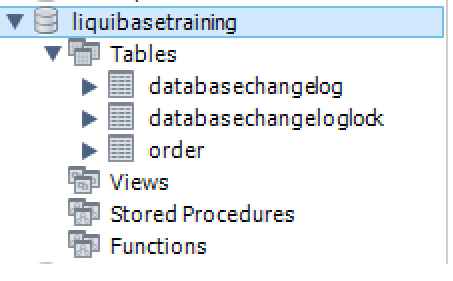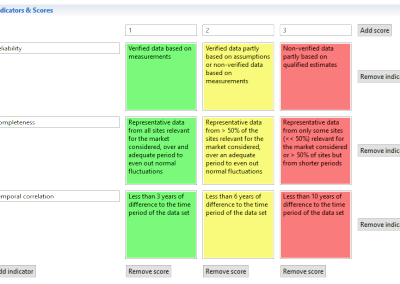


consult the Fuel LCA Model User Manual for instructions on setting up the Fuel LCA Model Database in the openLCA software.this free and open source software is required in order to use the Model, supported for Windows, Mac, and Linux.download and install version 1.11 of the openLCA software.organizations with interest in the Canadian energy sector.governmental and non-governmental organizations.industry, including both regulated and non-regulated parties.Fuel LCA Model User Manual: Provides information on general definitions and concepts related to LCA from the perspective of the Model, and provides technical guidance on how to perform basic operations in the openLCA software that are required for CI calculations.Fuel LCA Model Methodology: Describes the methodology, data sources and assumptions that were used in the development of the Model, and provides the rationale supporting the methodological approach.Fuel LCA Model Database: Contains a library of CI datasets and fuel pathways developed to model a CI specific to a fuel or an energy source.There are 3 main components of the Model that are available in the Environment and Climate Change Canada (ECCC) Data Catalogue: be used for a number of Government of Canada greenhouse gas (GHG) policies and programs to inform and support their development.be robust by following the guidelines outlined by the International Standards Organization, particularly standards 1404.

represent Canadian fuel pathways by relying on Canadian and worldwide data where appropriate.provide transparent and traceable CI calculations.For example, the Clean Fuel Regulations uses the Model to determine the CI of fuels, material inputs and energy sources for credit creation. The Model helps to support the delivery of regulations and programs as part of Canada's actions on climate change. The Government of Canada's Fuel Life Cycle Assessment (LCA) Model (the Model) is a tool to calculate the life cycle carbon intensity (CI) of fuels and energy sources used and produced in Canada.


 0 kommentar(er)
0 kommentar(er)
